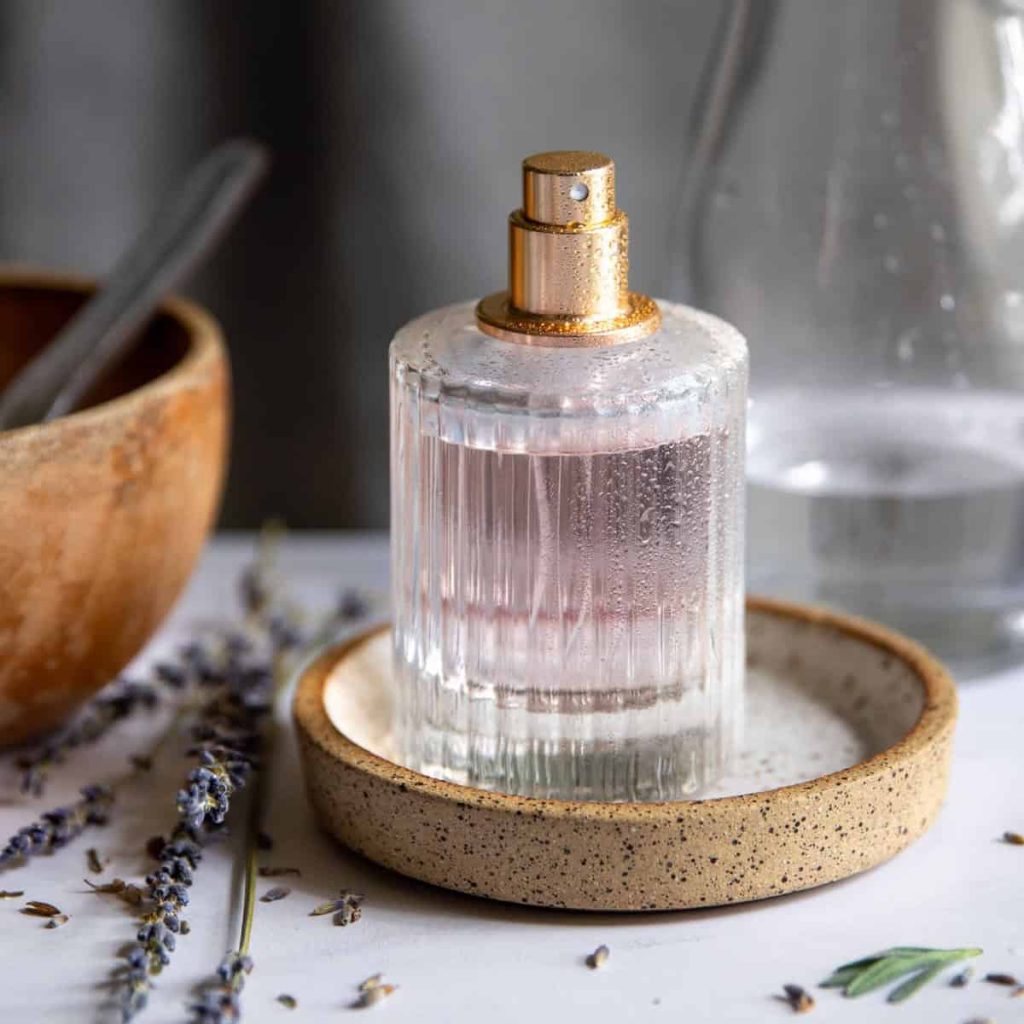Fish Tank Cycling Process: A Beginner’s Guide to a Healthy Aquarium
The process of cycling the fish tank is a process of converting harmful ammonia into nitrite and eventually the nitrate. In this process the beneficial bacteria colonies form.
Nitrifying bacteria are all throughout the world, including in the water. The process of cycling can be speeded up by making use of ammonia in bottles or “seeding” using old filter media. But it is not necessary since the bacteria naturally expand.
Aquarium Nitrogen Cycle
The Aquarium Nitrogen Cycle describes the process by which waste from fish and plants are transformed into ammonia, Nitrite, and then the nitrate. The process can occur in saltwater aquariums or freshwater aquarium. It can also happen in the lake. Fish keepers must be aware of this complicated and vital procedure.
Ammonia is produced by the feces of fish or food that has not been eaten. Fish can be toxic when they exceed 2 ppm. Nitrosomonas bacteria convert ammonia into create Nitrites. Nitrites are also toxic to fish when concentrations are greater than 1 ppm. Nitrobacter bacteria convert nitrates into create nitrates that are less harmful to fish.
The plants absorb the nitrates, and utilize them as a source of nutrients. This is a natural process that is found in all kinds of aquariums. It’s a slow and complicated process. It is normal for aquariums to take one month to stabilize nitrogen, ammonia and the levels of nitrate. Aquariums must be kept free of these beneficial bacteria to thrive. This process could be hindered by cleaning too much of a tank and resulting in the production of ammonia and nitrite to increase. Monitoring the parameters of your aquarium is not possible without an API Master Test Kit.

Method of Fishless Cycling
In the past the process of creating the fish tank was initiated by adding a few hardy fish. This is cruel and unjust. While the fish may be able to survive, their gills could be sprayed with ammonia, which can affect the quality of their life. The fishless cycle eliminates this step and creates the ideal conditions for bacteria to flourish.
There are two ways to carry out a cycle with no fish: 1.) in the beginning, you can seed the tank with bacteria colonies that have already been present in the tank before. This is like traditional cycling, however, it’s more fish-friendly and doesn’t cause the same negative effects on water quality. Utilizing a product like Septo-Bac may accelerate the process. It takes approximately the exact amount of time the same amount of time as when you cycle traditional.
It is essential to periodically check the levels of ammonia and nitrites levels during the cycle of fish that is not affluent. If the ammonia levels rise, it is a sign that the bacteria have not yet established. It’s a sign of an entire cycle when the ammonia levels drop to zero and Nitrites rise. It is essential to replace the water frequently throughout the cycle, without putting in fish to ensure that the bacteria are thriving.
Aquarium Beneficial Bacteria
The process of cycling occurs in the biological sense when living populations of nitrifying bacteria in the aquarium grow enough to handle every bioload (excessively toxic ammonia or Nitrite). Therefore, it is important to introduce fish slowly instead of adding huge numbers of fish in one go.
These microorganisms that nitrify can be found on any surface in an aquarium. But, they tend to be more concentrated in zones in which oxygen and food sources are limited. The microorganisms that thrive there are a vast surface area of the porous media used for filtering. Biomedia bacteria are superior to other aquarium bacteria. They consume nitrogen oxides and ammonia in the same amount as they’re produced and are undetectable.
The nitrifying bacteria are present in both the water column and the sediment. Most of the nitrifying bacteria is located in biofilm. This is the reason it’s hard to cultivate pure strains of these bacteria. Recent research conducted by LI et al. (2018) discovered that ammonia-oxidizing and Nitrite oxidizing bacteria (NO3) reside within the water column. They can be brought into an aquarium making use of products like API Quick Start and Fritzzyme Turbostart. They also can accelerate the process of an aquarium.
How do you cycle a brand new fish tank
The first step to set the aquarium up is to infuse the aquarium with beneficial bacteria. This can be done with products like Tetra Safe Start and a freshwater test kit. Once this process is completed then you can complete the other equipment and water to your aquarium.
The cycle begins with the process of generating beneficial bacteria that regulate the nitrogen cycle in the aquarium. Ammonia levels fluctuate, and then Nitrites and Nitrates. If all three levels are in the same range and the ho ca hai san nha hang aquarium is used to house animals.
It is vital to check the water frequently throughout the cycle process to look for ammonia and Nitrite. It is suggested that if you observe a build-up of nitrate you add 1 tablespoon of table salt or aquarium salt for every 10 gallon. This allows beneficial bacteria to multiply faster and lessen the toxic effects of nitrates.
It’s also crucial to remember that your aquarium should not be fully stocked at any point during this process. Ammonia levels can rapidly rise when you introduce fish into your aquarium too quickly. This can be harmful to the fish.







